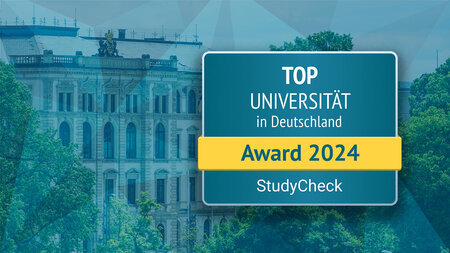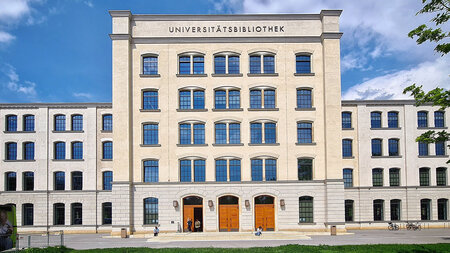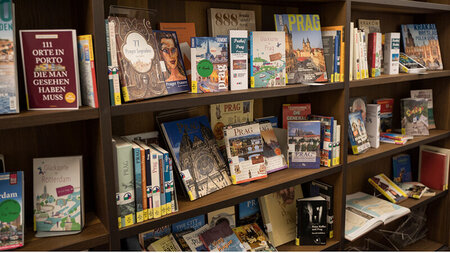Completion of the BMBF joint project GALACTIF
The joint project „GALACTIF - New Electroplating Processes from Ionic Liquids“ was completed at the Chair of Materials and Surface Engineering in the middle of the year. The aim of the research network was to create the basis for a cost-effective, environmentally friendly coating technology from ionic liquids with the help of new technical approaches.
Numerous components can be manufactured from inexpensive and readily available raw materials if they are functionalised by a suitable metallic coating. Often coatings would be ideal that cannot yet be produced, or at least not at reasonable cost and with good ecological compatibility. Here, electroplating (electrochemical deposition) from ionic liquids is an attractive alternative. Ionic liquids are salts with large organic cations and different anions that are liquid at temperatures below 100 °C and often already at room temperature. Due to their good thermal and electrochemical stability, ionic liquids in principle enable the electrochemical deposition of very noble and very base metals. However, electrochemical processes in ionic liquids differ greatly from those known from aqueous solutions. Therefore, numerous questions had to be clarified in order to make the great potential of ionic liquids usable in industrial processes.
In the sub-projects of the project partners (TU Chemnitz, TU Munich, TU Ilmenau, TU Clausthal, fem, Fraunhofer IST), fundamental aspects of electrochemical deposition from ionic liquids were researched on the one hand, while on the other hand the focus was on specific layer systems. At the TU Chemnitz, these were tungsten and molybdenum alloys for later use as contact materials in power electronics.
According to the current state of the art, a mixture of silver and tungsten is obtained for contact materials by soaking a tungsten sintered body in liquid silver. In the project, the working group at the Chair of Materials and Surface Engineering has succeeded in depositing silver and tungsten in a thin layer in approximately equal proportions and highly efficiently in terms of the necessary material input. Silver tungsten is characterised by low electrical contact resistance and high resistance to erosion, making it a preferred contact material for high-current applications, as will be widely required for future electromobility. With the deposition process developed in the project, silver tungsten can in future be deposited as a thin layer with layer thicknesses in the range of a few µm on a carrier material and fulfil the desired function.
The new variant of contact material production by a deposition process has various technological and economic advantages, e.g. a simplified production route compared to the state of the art as well as a significantly reduced consumption of rare and thus valuable materials. In addition to the first-time layer deposition as such, the use of an ionic liquid as an electrolyte for the galvanic layer formation process should also be emphasised. Through this technical approach, the researchers of the WOT professorship responded to the so-called REACH requirements and use starting materials that are harmless to health and the environment. The work also shows promising possibilities for moving from research to application with the still relatively new electrolyte systems based on ionic liquids.
Further information on the project results can be found in the current issue of the journals WOMag 7-8/2020 and Coatings 2020, 10, 553 .
Image: Silver-tungsten contact material layer electrodeposited from a so-called ionic liquid on a copper substrate.
25.8.2020 – Projects at the professorship ( dominik.hoehlich@mb… )






